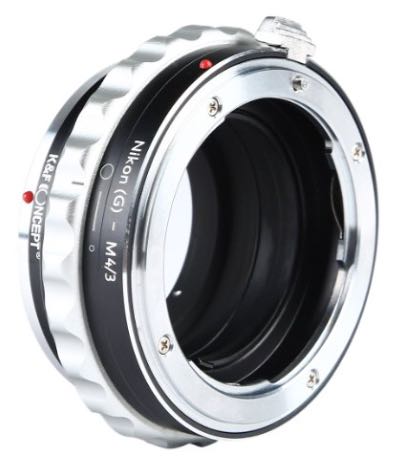
Driving along the motorway today I noticed several commonplace situations. High powered sports cars with one occupant. Outside lane speeders. Tailgaters using their brakes to keep a minimum distance. Cars parked in jams in the cone sections with the engine left running. Plenty of easy ways to create higher emissions.
Later I found the definition for the UK emissions test, devised in 1970 and last updated in 1997. It uses the Urban, Extra-Urban and Combined tests. The Urban is self explanatory, simulating stop-start driving from cold in a built-up area. Extra Urban is actually about driving at speeds averaging 39mph and up to 75mph in a non-urban environment. The Combined is simply the addition of the two tests. I was interested to see how many miles of variation were covered.
Any guesses? 10 miles urban and 30 miles non-urban? Maybe a combined varied total of, say, 40-50 miles?
Oh no.
Urban is 2.5 miles. Non-Urban is 4.3 miles. Combined is therefore 6.8 miles.

They do repeat the tests multiple times, but it is still a very simple and predictable formula.
I decided to have a pry into the world of car testing. There seem to be several basic ploys:
1) Thin, low rolling resistance over-inflated tyres.
2) Changing the wheel geometry to optimise it for the test conditions.
3) Changing the car lubricants to low resistance variants that don't need to be warmed.
4) Adjusting the engine management software to optimise the test *cough*
5) Disconnecting the alternator, which otherwise sucks power.
6) Switching off all the ancillary systems like air-conditioning, heating and similar.
7) Removing passenger wing mirror and taping over car body gaps to reduce drag.
8) Using the agreed ability to reduce the findings by 4% to cover experimental inaccuracies.
There's more, but this is enough to get an idea of how the test results will start to veer 20%-30% away from the figures stated in advertisements and brochures.
The above situation isn't the basis of the current emission testing claims, but is possibly another example of how a whole industry routinely deploys ruses to achieve the best results in their marketing outputs. No-one has cared that much about the exaggerated claims.
A quick example is the popular Ford Fiesta, which I arbitrarily selected to check the numbers. Autocar's review said "all 1.0-litre Fiestas apparently do 65.7mpg...expect something in the mid 40s from the turbos and early 50s for the non turbo." Parkers review of the 1.0L Fiesta said "...claimed to average 65.7mpg. Driven normally it'll probably return between 40mpg and 50mpg." Okay, these are respectably high figures, but still less than the 'apparently/claimed' figures.
So now we get the outrage about Volkswagen leaving a test detection mode enabled in the Bosch supplied engine management systems. I love that the press talk about a special defeat device as if it is another piece of hardware.

My simple view is it depends whether it's a white engine or a black engine.
The 'white' 2.0L TDI was an older design without a selective catalytic reduction (SCR) system. An SCR squirts atomised urea into the exhaust to cause the nitrous oxide to break down, creating lower emissions. The white engine was about to be replaced with the black engine which one includes an AdBlue system to do the NOX reduction.

Maybe the naughty engine management software was originally intended for the bridging period between the older white engine and the newer black one?
It's fascinating now that cars are more or less computers on wheels or X-by-wire as the trade calls it. One of my prior cars had the then new technology of brake by wire, also supplied by Bosch. It self-reported an error at a certain point and I took it to the man at the service department.
"Ahah," he said. "That'll be the Sensotronic brake system, one thousand guineas please, sir..." He winked.
It turns out that the software counted braking actuations and was designed to report itself after a certain number. Fortunately it also transpired that the car manufacturer abandoned the system and recalled all the vehicles that used it. The service guy's wink indicated that I could have the whole system replaced under warranty (just before I sold the car). I shall watch for the re-emergence of this type of system (iBooster anybody?) in electric and hybrid cars over the coming years.
So in the current situation Volkswagen did something wrong. The lawyers and 'traders' will make sure that they take a huge dive. I suppose there will be class actions as more lawyers sniff the polluted air. But there's also a kind of hypocrisy as many folk still aspire to gas guzzlers.
The immensely popular Ford F150 truck in the USA only manages around 16-17mpg and splutters out 407g per mile of CO2. That's about 4 times the CO2 of the aforementioned Fiesta, or more than double the emission of a Ford Transit van. Curiously the NOX emissions don't feature on the general marketing blurb, while the 0-60mph, mpg and CO2 do.
I still wonder how many people even know their car's CO2 level?
Yet we are now all hearing about the NOX emissions in the VW saga, which will presumably kill the tiny US market for all types of diesel car for the foreseeable future.
To my surprise, that F-150 monster is still petrol (gasoline) only. With a rumoured first ever diesel version perhaps slated for 2018.
But that was before the scandal.
































